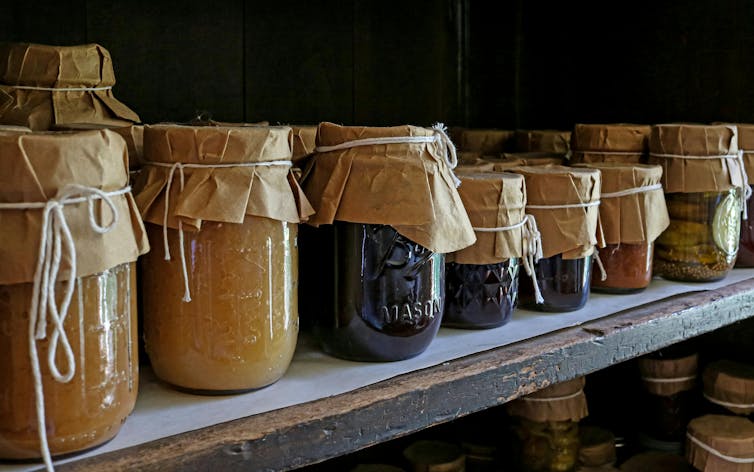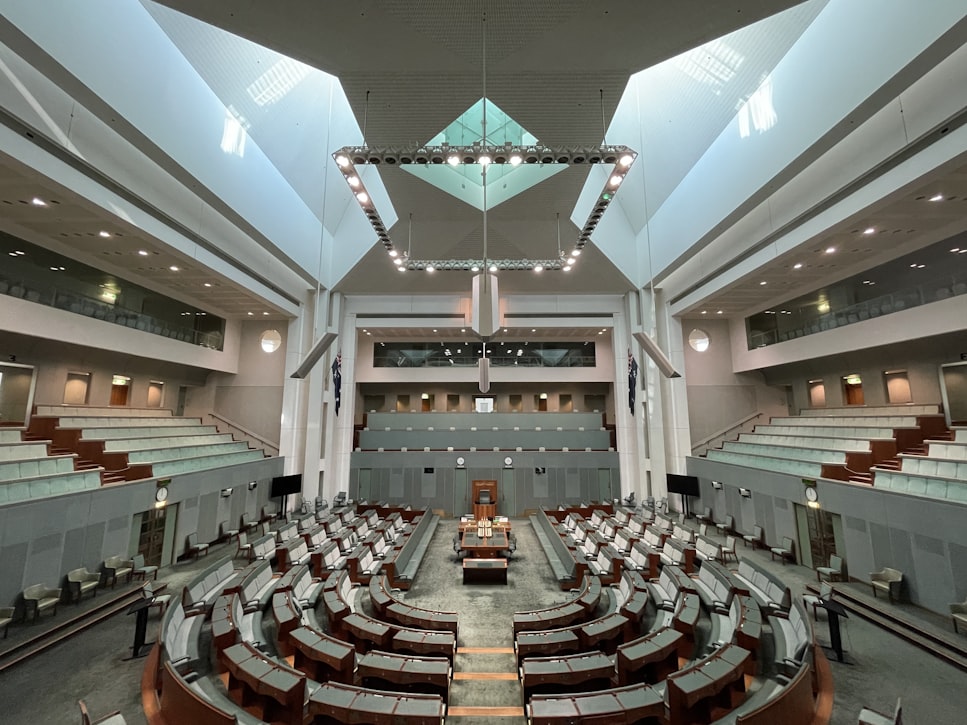The Western Australian state election will be held on March 8. A Newspoll , conducted January 29 to February 4 from a sample of 1,039, gave Labor a 56-44 lead, from primary votes of 42% Labor, 32% Liberals, 3% ³Ô¹ÏÍøÕ¾s, 12% Greens, 4% One Nation and 7% for all Others.
Author
- Adrian Beaumont
Election Analyst (Psephologist) at The Conversation; and Honorary Associate, School of Mathematics and Statistics, The University of Melbourne
At the March 2021 WA election , Labor won 53 of the 59 lower house seats on a two-party vote of 69.7-30.3, a record high for either major party at any state or federal election. Labor won 59.9% of the primary vote.
A 56-44 result in Labor’s favour would still be a thumping victory, but it would represent a 14% swing to the Liberals from 2021. Labor will lose many seats, but they are very likely to easily retain a lower house majority.
Labor Premier Roger Cook had a net approval of +18, with 55% satisfied and 37% dissatisfied. Liberal leader Libby Mettam had a net approval of -2, with 41% dissatisfied and 39% satisfied. Cook led Mettam as better premier by 54-34.
While this Newspoll is very good for state Labor, only 35% of WA voters said the Anthony Albanese federal Labor government deserved to be re-elected, while 50% said it was “time to give someone else a go”.
Federal Essential poll: Coalition remains ahead on respondent preferences
A national Essential poll , conducted January 29 to February 2 from a sample of 1,150, gave the Coalition a 49-47 lead by respondent preferences including undecided (48-47 in mid-January). The Coalition has led by one or two points in the past four Essential polls.
Primary votes were 36% Coalition (down one), 30% Labor (steady), 12% Greens (steady), 8% One Nation (up one), 1% UAP (down one), 9% for all Others (up two) and 4% undecided (down one). These primary votes imply a Labor lead by about 50.5-49.5 by 2022 election preference flows.
The poll graph below includes the latest polls from Essential and Morgan, but not the DemosAU poll. In the last two weeks, the Morgan poll has trended to Labor, with Labor’s two-party share using 2022 flows increasing from 48% to 50.5%.
On action to combat antisemitism , 9% thought the government was doing too much, 30% said it was doing enough and 43% believed it was not doing enough. On the importance of antisemitism, 40% said it was a major issue, 48% a minor issue and 12% not an issue. Issue salience will be greatly overstated by questions that ask about one issue; it’s best to ask about various issues.
By 37-31, respondents supported tax discounts of $20,000 for small businesses to pay for meals and entertainment for staff and clients. The question did not mention that this idea was proposed by Opposition Leader Peter Dutton.
By 77-16, voters thought there should be laws requiring equal salaries for men and women in the same position, but by 49-45 they said gender equality has come far enough already. On social and economic inequality, 57% (down two since May 2024) thought it is increasing, 29% (up three) staying about the same and 10% (up one) decreasing.
Core inflation dropped in December quarter
The Australian Bureau of Statistics released inflation data for the December quarter on January 29. Headline inflation was up 0.2% in December, unchanged from the September quarter, with annual inflation down from 2.8% to 2.4%. The peak annual inflation was 7.8% in December 2022.
Core (trimmed mean) inflation increased 0.5% in December, down from 0.8% in September , for an annual rate of 3.2%, down from 3.6% in September. Annual core inflation peaked at 6.8% in December 2022.
The ABC’s report said financial markets thought there was now a 90% chance of an interest rate cut when the Reserve Bank board meets on February 17-18. A rate cut would be good news for the government.
Morgan and DemosAU polls are tied
A national Morgan poll , conducted January 27 to February 2 from a sample of 1,694, had a 50-50 tie by headline respondent preferences, a two-point gain for Labor since the previous poll. This is the first time the Coalition has not led in a Morgan poll since late November .
Primary votes were 38.5% Coalition (down two), 30% Labor (up 0.5), 11.5% Greens (steady), 5.5% One Nation (down 0.5), 10.5% independents (up 1.5) and 4% others (up 0.5). By 2022 election flows, Labor led by 50.5-49.5, a 1.5-point gain for Labor.
The previous Morgan poll , conducted January 20-26 from a sample of 1,567, gave the Coalition a 52-48 lead by respondent preferences, unchanged from the January 13-19 poll.
Primary votes were 40.5% Coalition (down 1.5), 29.5% Labor (up one), 11.5% Greens (down 1.5), 6% One Nation (up two), 9% independents (up 0.5) and 3.5% others (down 0.5). By 2022 election flows, the Coalition led by 51-49, a one-point gain for Labor.
A DemosAU national poll , conducted January 28 to February 1 from a sample of 1,238, had a 50-50 tie, unchanged since November. Primary votes were 38% Coalition (steady), 33% Labor (up one), 12% Greens (steady), 7% One Nation (steady) and 10% for all Others (down one).
DemosAU is using 2022 election flows for its polls. The primary votes would be expected to give Labor a 51-49 lead, so rounding probably contributed to the tie.
Freshwater breakdowns of young men and young women
The Financial Review had breakdowns of voting intentions and other questions from the last three national Freshwater polls on January 28. These polls were conducted from November to January from an overall sample of 3,160. This analysis focused on differences between men and women aged 18-34.
Among young women, Labor and the Greens each had 32% of the primary vote, while the Coalition was at just 25%. Among young men, Labor had 36%, the Coalition 32% and the Greens 20%. I estimate young women would vote Labor by about 65-35 and young men by 59-41 after preferences.
While there is a difference between young men and women, Labor would easily win the overall youth vote in this poll. Labor’s problems in the overall polls are due to older voters skewing to the Coalition.
Young women preferred Albanese as PM to Dutton by 58-27, while young men preferred Albanese by 55-37. With young women, Albanese was at net -11 approval and Dutton at net -22. With young men, Albanese was at net +6 approval and Dutton at net -6. Young men were much more positive than young women about the direction of the country and the economy.
![]()








